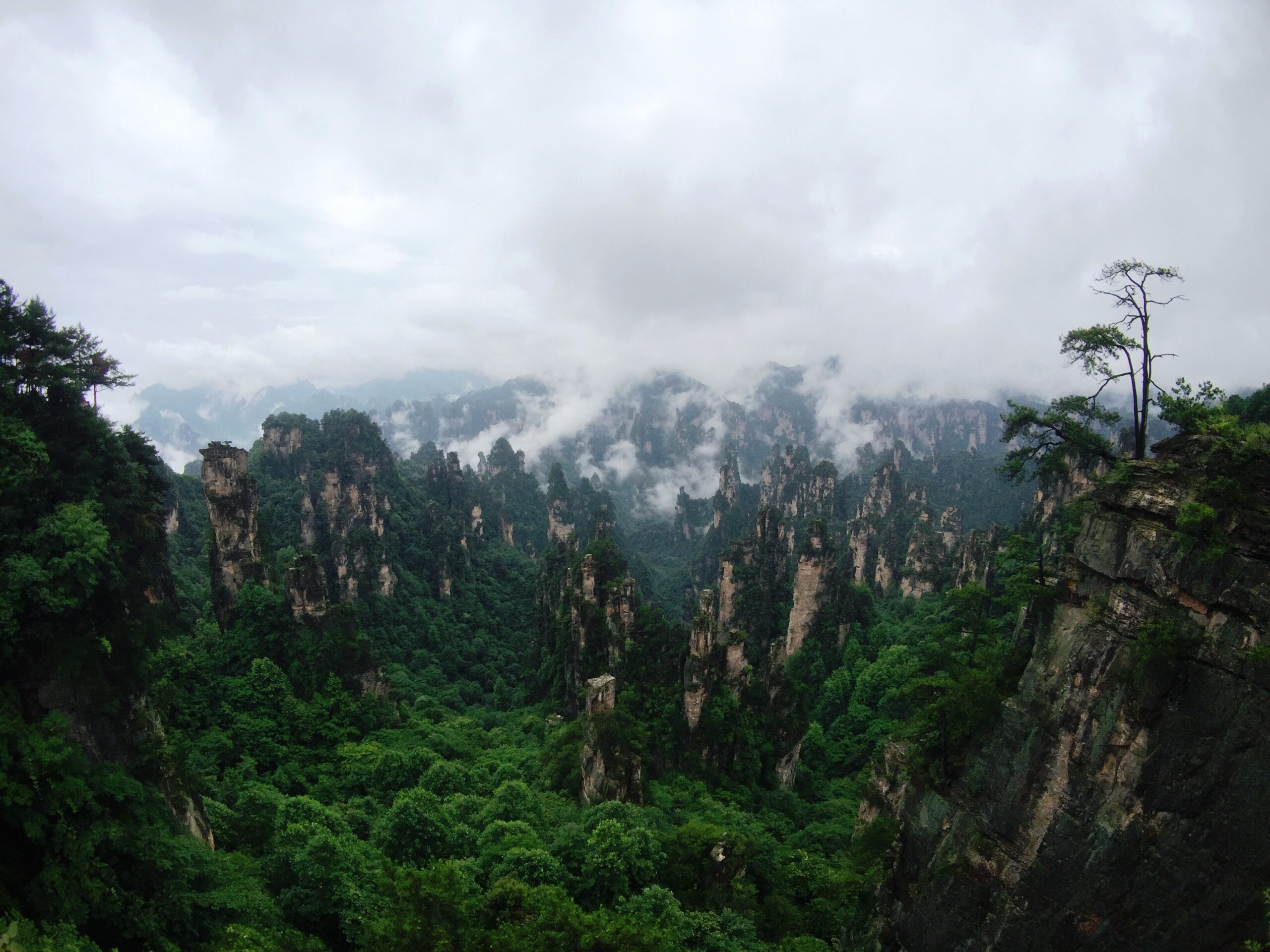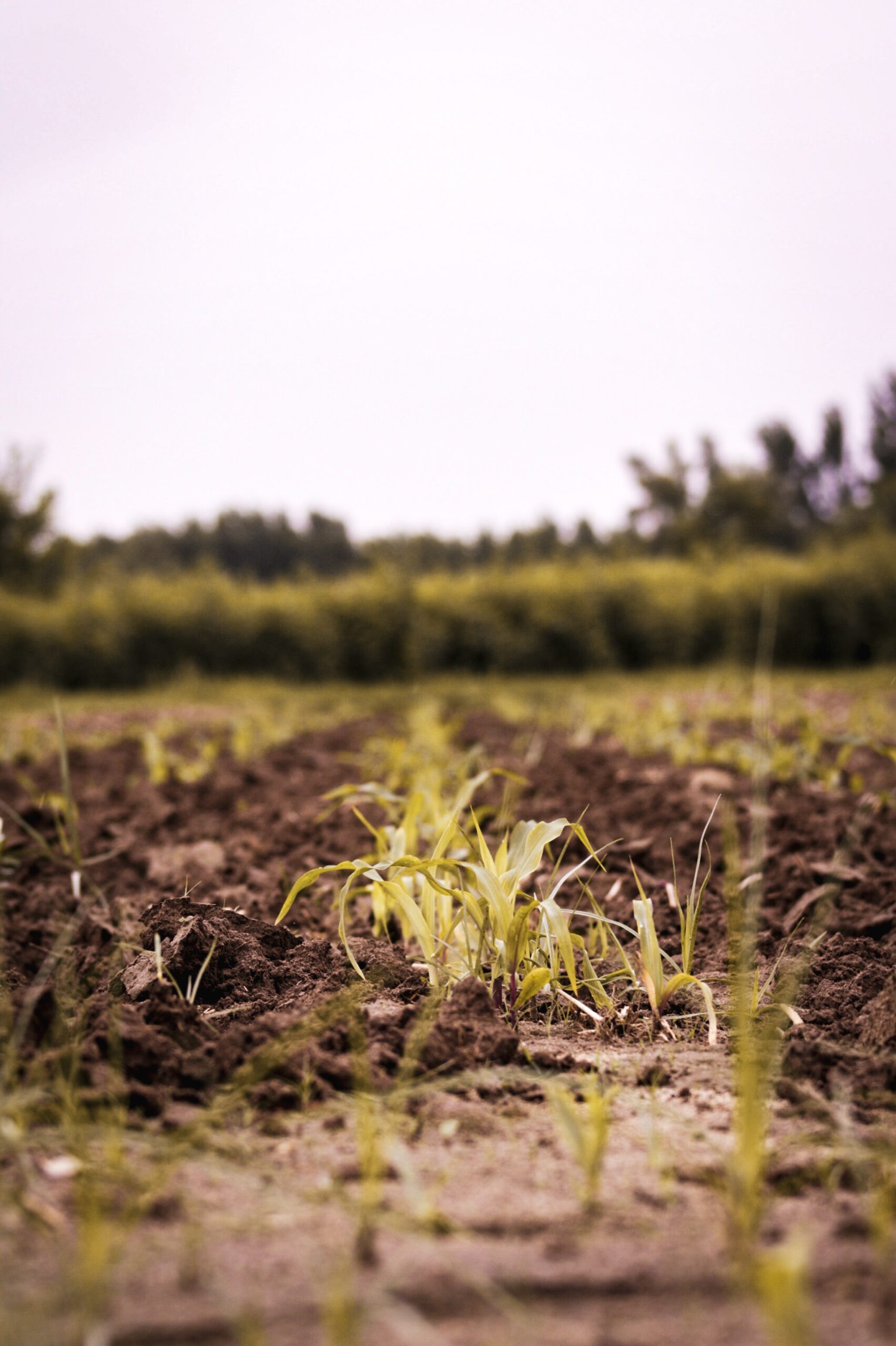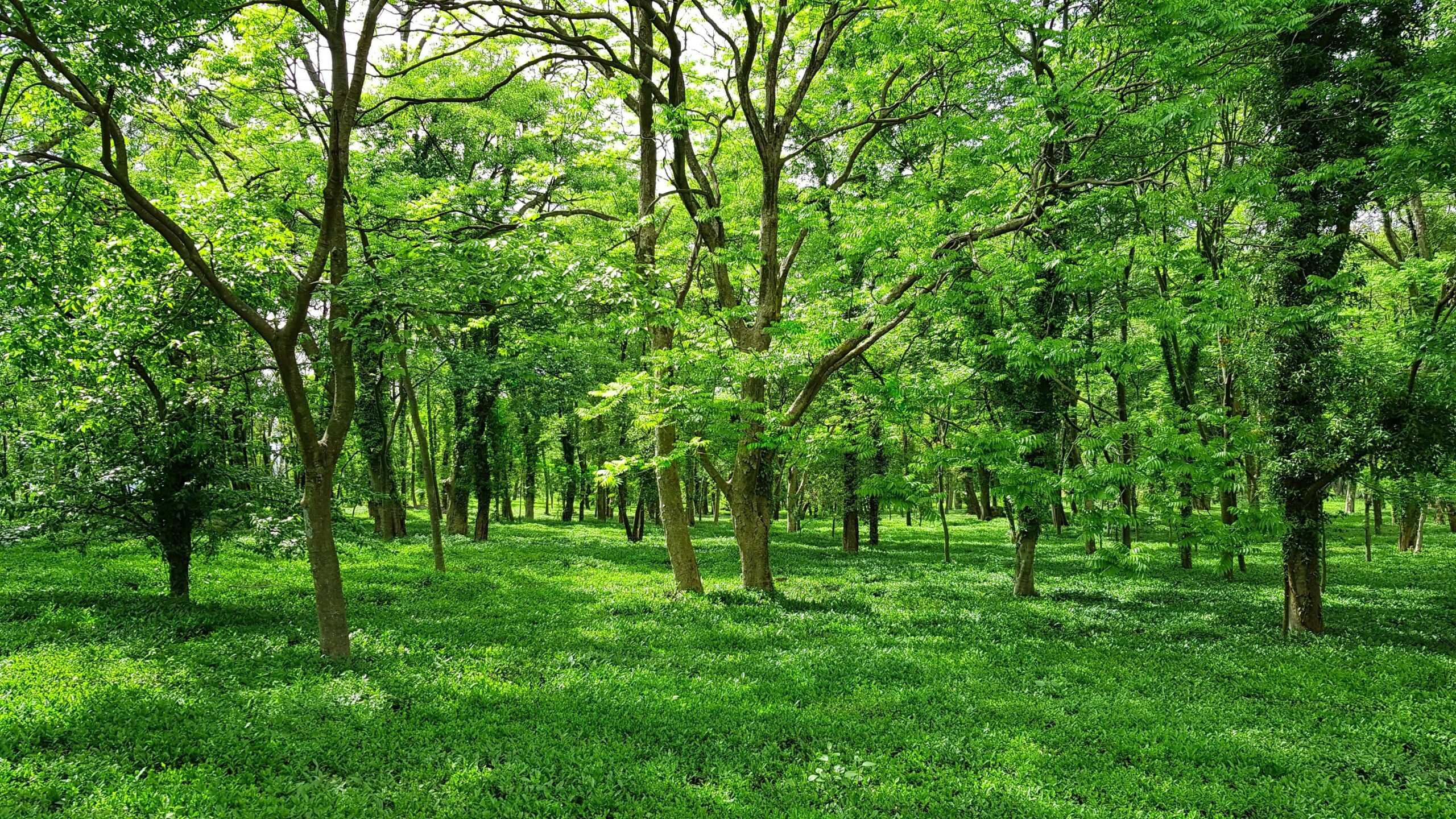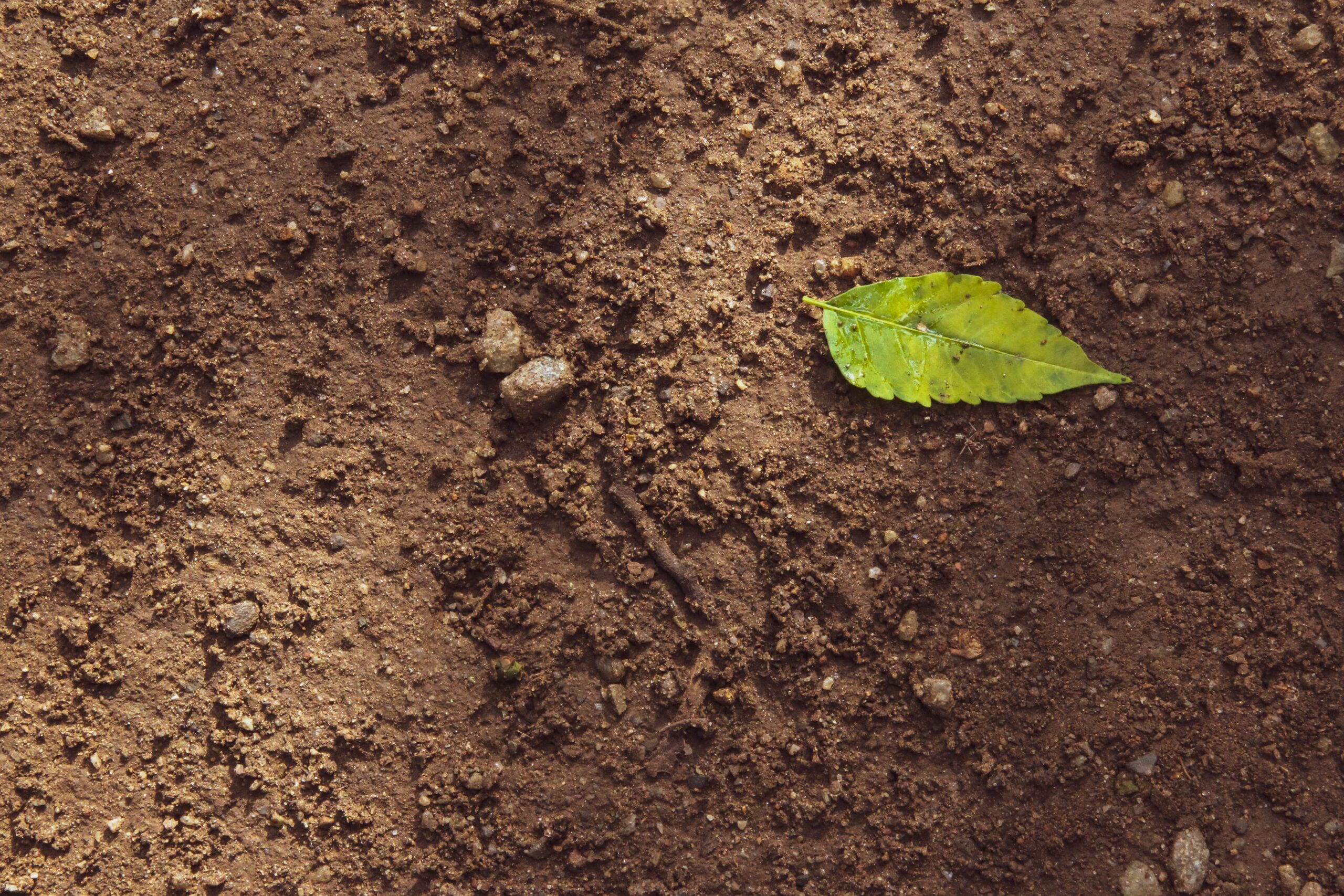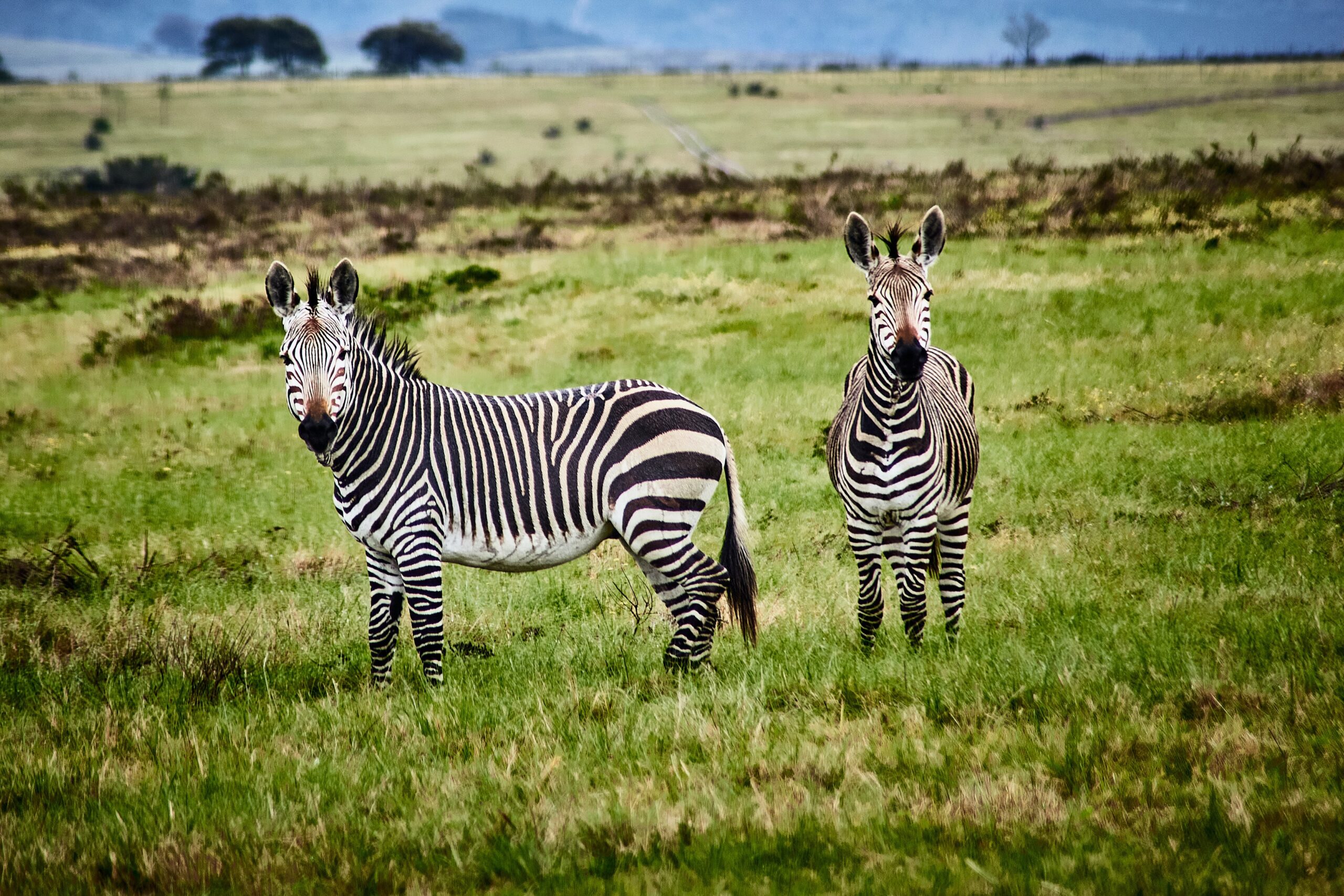A principal aim of this study is to get a better sense of what the World Bank (WB) needs to know in order to engage Indigenous Peoples (IPs) more effectively in biodiversity conservation projects and programs. It is in this sense that the reporting is geared to Bank Task Team leaders, ad- visors, directors, and managers and also government and nongovernmental organization (NGO) personnel engaged in biodiversity conservation pro- grams. Indigenous peoples might also benefit from the report ́s presentation of tools to seeking international funding for biodiversity-related activities in their ancestral territories. In addition, the report assesses some of the current forms of engagement with indigenous peoples in biodiversity and identifies concrete recommendations for improving that engagement. These recommendations will give Bank management an opportunity to lead the way among many development agencies and governments toward different forms of engaging indigenous peoples; respecting and realizing the rights to their territories, culture, and spirituality; enhancing their environment and development; and satisfying the IPs’ aspirations contained in the United Na- tions Declaration on the Rights of Indigenous Peoples. The report’s findings are relevant to other Bank’s programs such as the Climate Change strategic framework and the Carbon Finance initiatives and can be used to incorpo- rate the lessons learned from 18 years of biodiversity portfolio experience into these new programs.






















































































































































































































































































































































































































































































































































































































































































































































































































































































































































































































